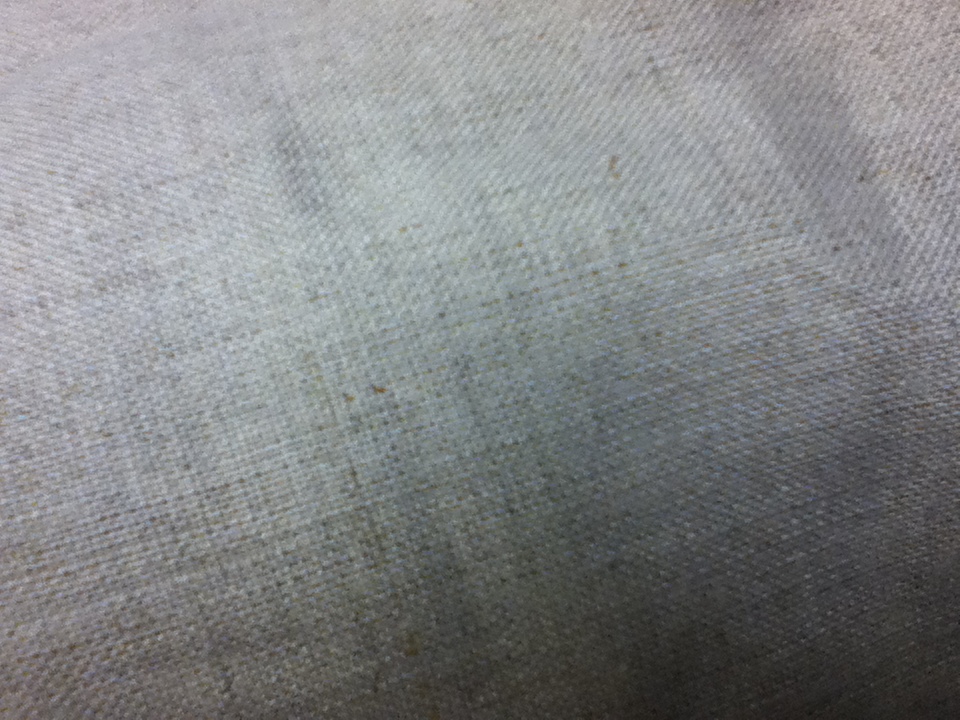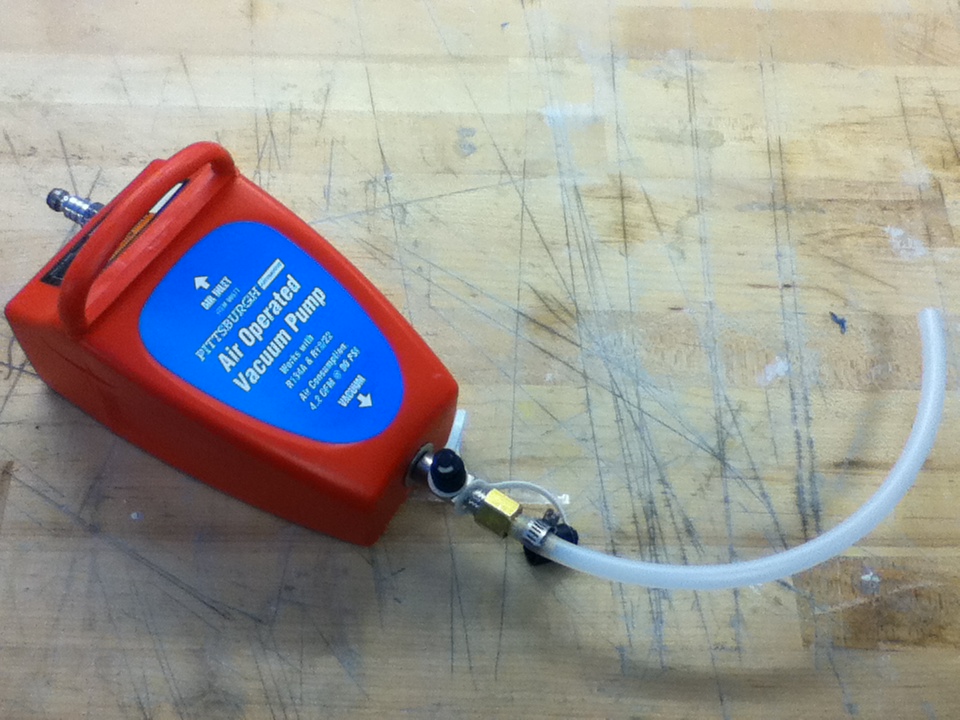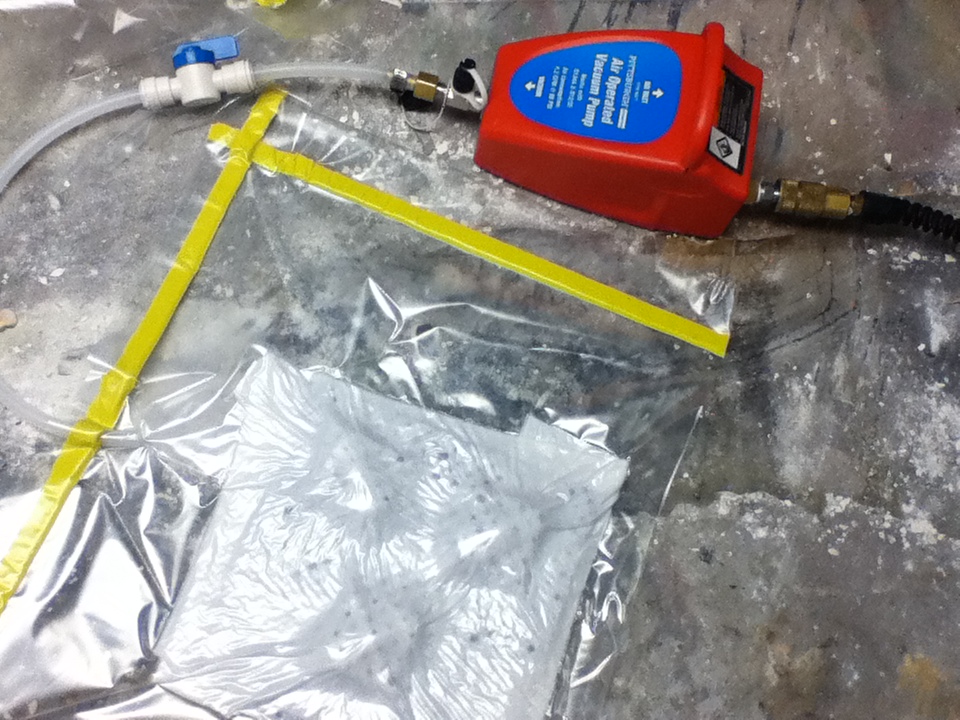Composite materials are engineered or naturally occurring materials made from two or more constituent materials with significantly different physical or chemical properties which remain separate and distinct within the finished structure.
Epoxy resins, also known as polyepoxides are a class of reactive prepolymers and polymers which contain epoxide groups. Epoxy resins may be reacted (cross-linked) either with themselves through catalytic homopolymerisation, or with a wide range of co-reactants including polyfunctional amines, acids (and acid anhydrides), phenols, alcohols and thiols. These co-reactants are often referred to as hardeners or curatives, and the cross-linking reaction is commonly referred to as curing.
 |
 |
 |
The Epoxy Resin we will use for this project. |
Macro image of Epoxy impregnating fibres. |
Epoxy and honeycomb sandwitch bend test. |
Linen is a textile made from the fibers of the flax plant, Linum usitatissimum. Linen is labor-intensive to manufacture, but when it is made into garments, it is valued for its exceptional coolness and freshness in hot weather. Linen textiles appear to be some of the oldest in the world: their history goes back many thousands of years.
 |
 |
 |
The linen we will use for this project. |
Linen electron micrograph scan. |
Linen composite under bending test. |
Vacuum bagging (or vacuum bag laminating) is a clamping method that uses atmospheric pressure to hold the adhesive or resin-coated components of a lamination in place until the adhesive cures. The vacuum bagging system consists of the airtight clamping envelope and a method for removing air from the envelope until the epoxy adhesive cures.
 |
 |
 |
Components. |
Air pump that we will use. |
Vacuumed object! |
For this project I decided to revisit the drystone 3d tiling system design. There is a risk of getting a not very interesting result due to the small size of the tiles, but it will also tell us about the limits of the vacuum bagging technique. After the cure, about 10h, the result will be released from mold and cut with a bandsaw.
 |
 |
 |
Wax and rubber molds. |
Hydrostone tiles position A. |
Hydrostone tiles position B. |
 |
 |
 |
Setting up. |
Positioning the molds. |
Mold release coating. |
 |
 |
 |
Soaking the linen in epoxy and hardener mix. |
Placing the fibers on the mold (3 layers). |
Breathing film (1 layer). |
 |
 |
 |
Absorbant felt (2 layers). |
Bag construction. |
Air tube placement. |
 |
 |
 |
Connected air pump. |
Result after 1h of vacuum with connected air pump. |
Result after 10h of vacuum. |
After arround 12 hours the composite is completely hardened and we can proceed to release the mold. In this case, the mold was hydrostone covered with mold release spray. This solution did not work, the resin completely bonded with the stone and there is no way it can be taken apart. The result is a very effective protection for the fragile (casted drystone) 3d tile system :)
 |
 |
 |
Band saw cuts and cardboard base release. |
Bond resin-linen-stone! |
Final tiles of composite material... |